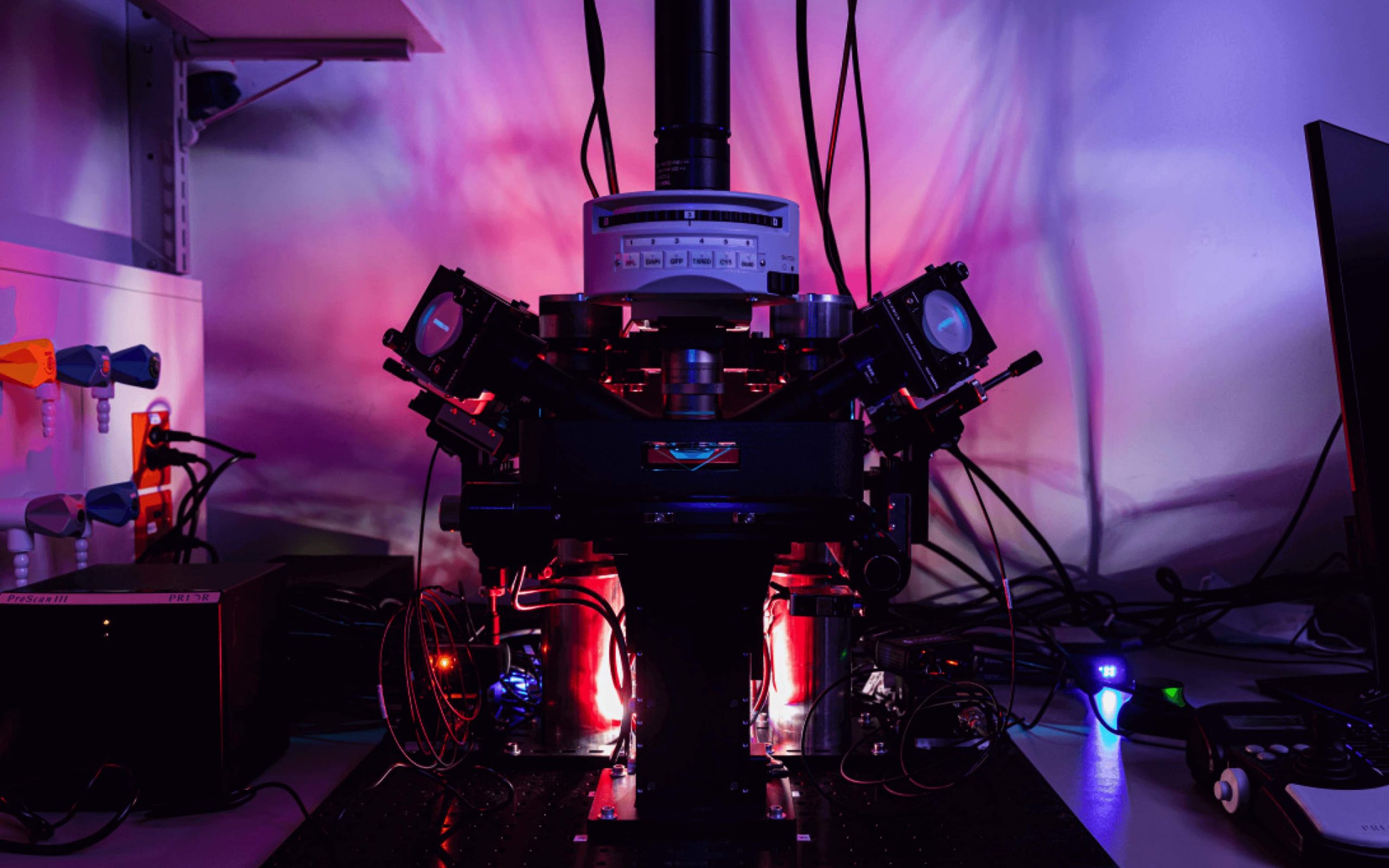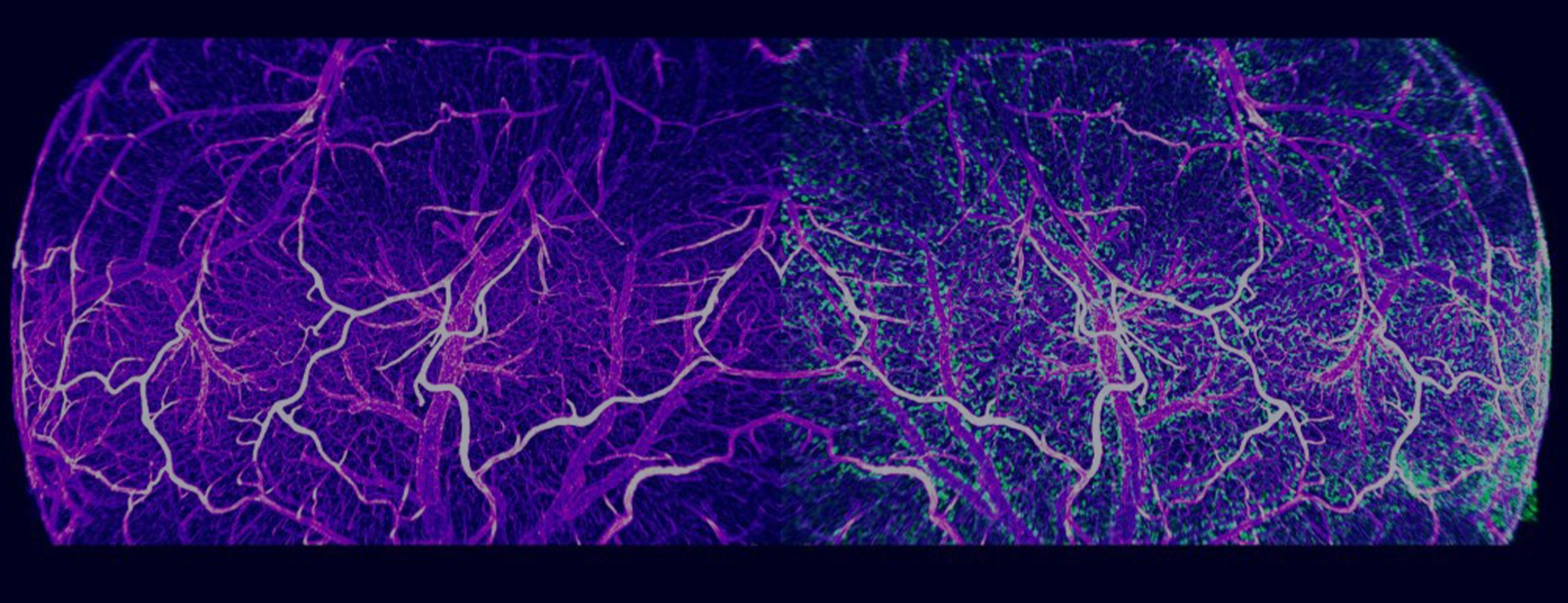An interdisciplinary team of researchers, including MBF Bioscience’s Dr. Susan Tappan and Maci Heal, have created a fully reconstructed, virtual 3D heart, digitally showcasing the heart's unique network of neurons for the first time. The investigators in this study--appearing May 26 in the journal iScience--created a comprehensive map of the intrinsic cardiac nervous system at a cellular scale using MBF Bioscience’s Tissue Mapper and TissueMaker software....
Read MoreAdditional Subject Matter
Neurolucida 360 Used to Analyze Dendrites and Dendritic Spines Amyloid plaques and tau tangles are the hallmarks of Alzheimer’s disease (AD) pathology, but synapse loss is what causes cognitive decline, scientists say. In a paper published in Science Signaling, researchers at the Herskowitz Lab, at the University of Alabama at Birmingham, used Neurolucida 360 to analyze spine density and dendritic length in hAPP mice — a...
Read MoreFor Immediate Release: Williston, VT (February 04, 2020) — MBF Bioscience’s revolutionary light sheet microscope system, ClearScope, sets a new standard for microscopic imaging. The new decade is poised to bring about incredible scientific innovations, and MBF Bioscience is leading the charge in 2020 with the creation of the “light sheet theta microscope” system, ClearScope. MBF Bioscience secured exclusive license from Columbia University to develop the light...
Read MoreNew Software Application Quantifies Changes in Dendritic Spine Morphology Over Time Williston, VT — December 10, 2019 — The ability to track the changes that occur in dendritic spine morphology over time is critical to many scientific studies, which is why MBF Bioscience is pleased to announce the launch of MicroDynamix. This powerful new software application helps neuroscientists acquire more information about morphological changes in the...
Read MoreDr. Edmund Glaser devoted his career of more than four decades to the field of neuroscience. Most notably, in 1963, he co-invented computer microscopy, a pioneering method of quantifying the brain’s morphometry. This technology, for the first time, applied computer techniques to the neuroanatomical world, permitting scientists to precisely quantify the brain’s three-dimensional structure. It simplified time-consuming, inexact classical methodologies in an efficient and cost-effective...
Read MoreCombination of new microscopy and expansion tissue preparation methods facilitate better and faster analysis of subcellular neural elements. Today, the journal Science published a paper authored by a research team led by Dr. Ed Boyden of MIT and Nobel Prize recipient Dr. Eric Betzig of Janelia Research Campus. Among the authors are MBF Bioscience Scientific Director Dr. Susan Tappan and Senior Software Engineer Alfredo Rodriguez. In the...
Read MoreFOR IMMEDIATE RELEASE MBF Bioscience Williston, VT – January 9, 2019 – MBF Bioscience is pleased to announce our participation in the Stimulating Peripheral Activity to Relieve Conditions (SPARC) program. Funded by the National Institutes of Health (NIH), this extensive research initiative is a vast collaborative effort, which aims to deepen the understanding of how the peripheral nervous system impacts internal organ function. “We are honored to be working...
Read MoreMBF Bioscience now offers customized models of Huron Digital Pathology’s TissueScope™, a line of whole slide scanners, and supports TissueScope images across its range of analysis software. October 23, 2018 – Huron Digital Pathology and MBF Bioscience are proud to announce their partnership to offer customized models of Huron’s TissueScope whole slide scanners integrated with MBF’s Stereo Investigator®- Whole Slide Edition, NeuroInfo®, Biolucida®, and BrainMaker®...
Read MoreNeurolucida and Neurolucida Explorer Used for 3D Reconstruction and Quantitative Analysis Researchers used Neurolucida to reconstruct a newly discovered type of neuron found only in the human brain, according to a study published in the journal Nature Neuroscience. Known as “rosehip” neurons because of the way they resemble a rose after its petals have fallen off, these cells feature compact, bushy axonal arborizations. Found in the first...
Read MoreWilliston, VT – September 5, 2018 – Researchers studying microvascular networks and vessels have a groundbreaking new software application to facilitate their work. Developed by MBF Bioscience, Vesselucida®360 automatically reconstructs and analyzes microvascular networks in 3D. Specifically designed to recognize the intricacies of the vascular system, Vesselucida features sophisticated algorithms that quickly and accurately create 3D reconstructions of images and tissue specimens. Built-in analyses provide data...
Read More










